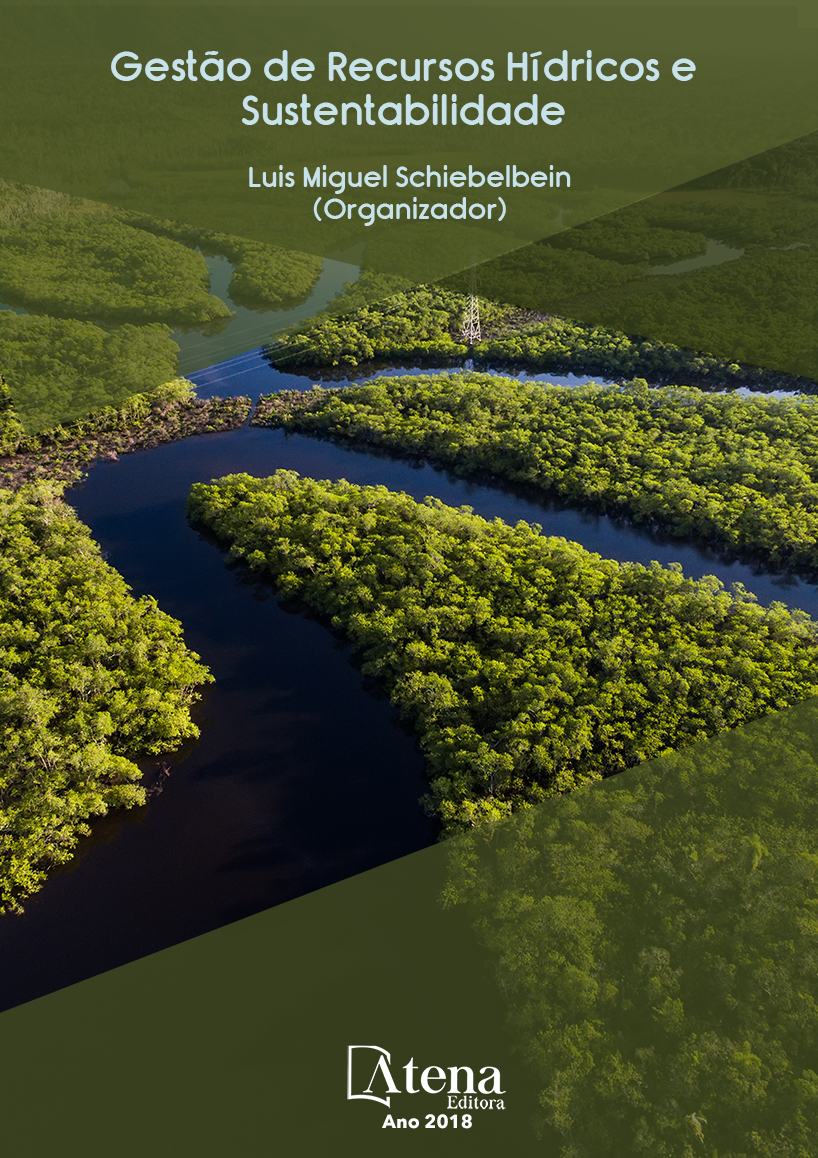
PLANO DE DESENVOLVIMENTO SUSTENTÁVEL PARA OS ASSENTAMENTOS DOS MUNICÍPIOS DE DELMIRO GOUVEIA E ÁGUA BRANCA NA ÁREA DE INFLUÊNCIA DO CANAL DO SERTÃO ALAGOANO
A região do Alto Sertão Alagoano,
onde estão inseridos os municípios de
Água Branca e Delmiro Gouveia, nos quais
se encontram os 17 assentamentos que
fazem parte do diagnóstico participativo aqui
apresentado, elaborado em conjunto com
710 famílias que neles residem, caracterizase por pertencer ao bioma Caatinga, com
índices médios de precipitação pluviométrica
inferiores a 500 mm/ano, não permitindo assim,
a expansão de forma sustentável de atividades
agropecuárias nessas comunidades rurais
difusas. Contudo, a partir de março de 2013,
com a entrada em operação de cerca de 65
km do Canal do Sertão Alagoano, dos 250
km previstos quando concluído, esse cenário
mudou. Nessa perspectiva, a intervenção do
poder público de forma participativa quanto ao
beneficiamento dessas comunidades, por meio
de sistemas simplificados de abastecimento de
água tanto para consumo humano quanto para
inclusão produtiva, que venha garantir condições
mínimas necessárias para o desenvolvimento
sustentável desses assentamentos, passa a
ser imperativo. Portanto, o Plano apresentado
pela Codevasf é um desafio a ser cumprido,
justificando assim, os investimentos que estão
sendo aplicados pelos governos federal e estadual na construção do canal
PLANO DE DESENVOLVIMENTO SUSTENTÁVEL PARA OS ASSENTAMENTOS DOS MUNICÍPIOS DE DELMIRO GOUVEIA E ÁGUA BRANCA NA ÁREA DE INFLUÊNCIA DO CANAL DO SERTÃO ALAGOANO
-
DOI: 10.22533/at.ed.2471909014
-
Palavras-chave: Desenvolvimento regional sustentável, assentamentos, acesso à água.
-
Keywords: Sustainable regional development, settlements, access to water
-
Abstract:
The municipalities of Agua Branca
and Delmiro Gouveia are part of the Alto Sertão
region, in the state of Alagoas, and encompass
the 17 settlements that are part of the
participatory diagnosis presented here, prepared
in conjunction with the 710 resident families.
The region is characterized by the Caatinga
biome and has an average annual precipitation
below 500 millimetres, which does not allow
for the sustainable expansion of agricultural
activities in the rural communities included in
this diagnosis. In March 2013, 65 km out of
the projected 250 km of the Sertão Alagoano
Canal began operating, which changed the
that scenario.With that in mind, participatory
government intervention is essential to benefit
those communities through simplified water
supply systems that cover the needs of both human comsumption and productive inclusion, all in order to ensure minimal conditions
for the sustainable development of the settlements covered in this study. Therefore,
the Development Plan presented by Codevasf, is a challenge that must be achieved in
order to justify federal and state investiments in the construction of the Canal.
-
Número de páginas: 15
- Eduardo Jorge Oliveira Motta


